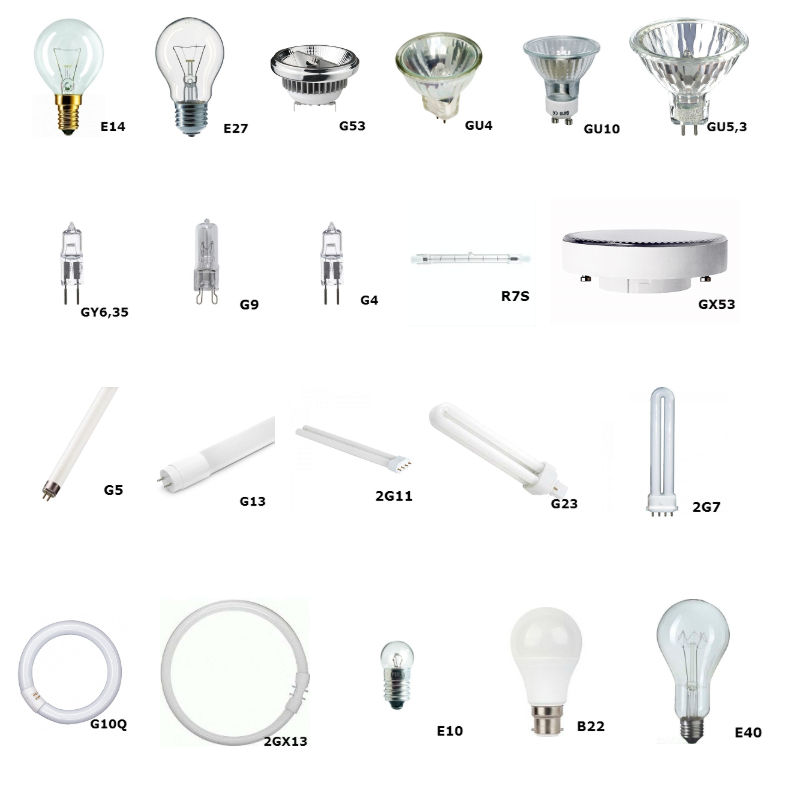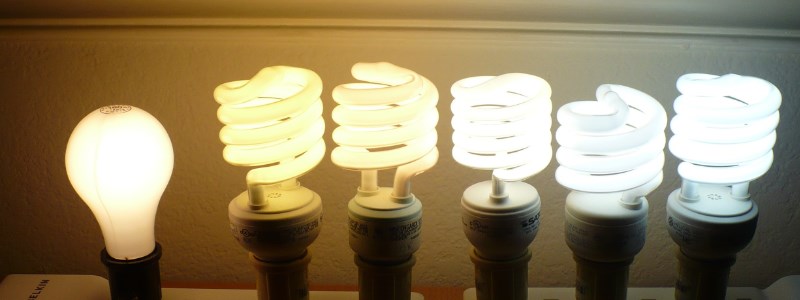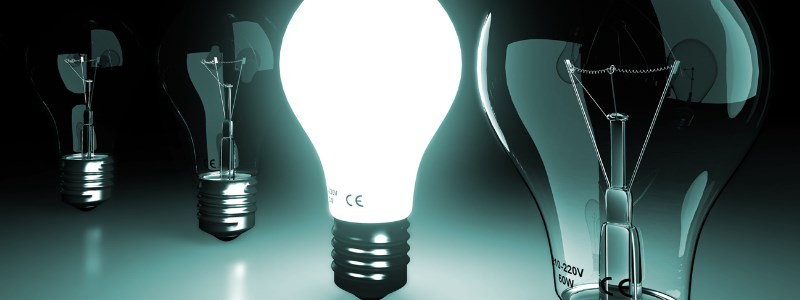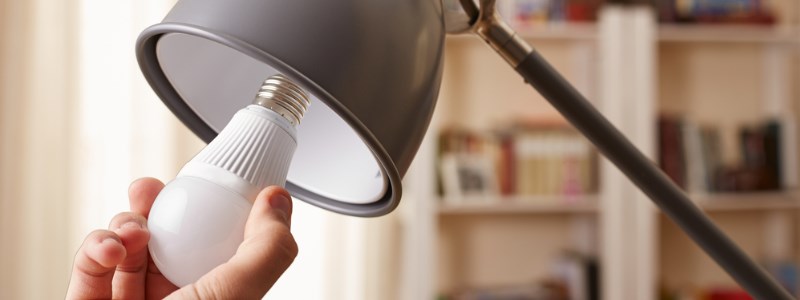What is a cap?
The cap for low-voltage applications of light bulbs. The cap E10 is commonly used in flashlights or in Christmas chains.
At our eStore you can find LED bulbs with this cap, which are suitable for example for outdoor decorations.
Four pins plug-in energy-saving fluorescent tubes/bulbs.
A special cap for flat round light bulbs or reflector (directional) bulbs. Suitable for both indoor and outdoor use.
Basic types of caps




 Paulina
Paulina


